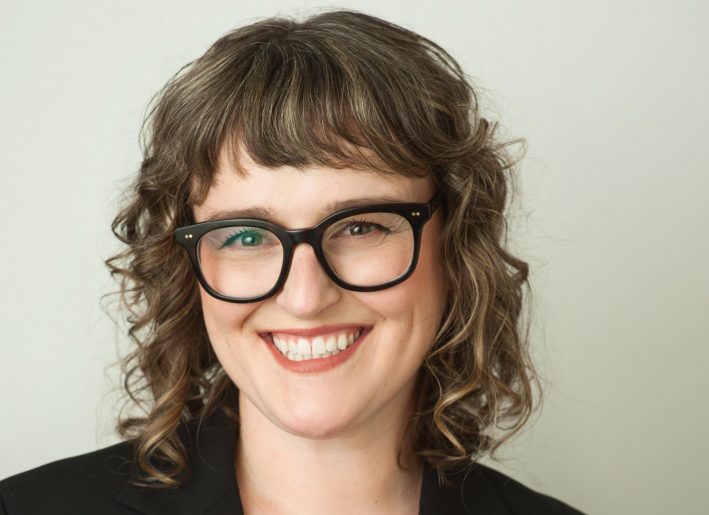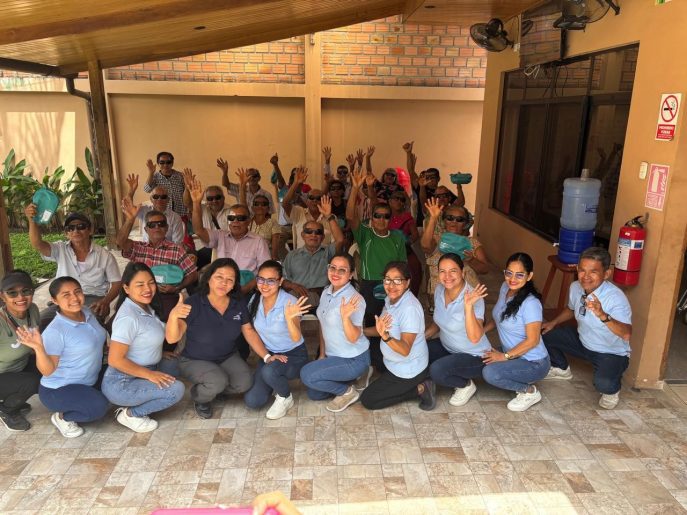Giving Girls the Power of Sight
by Farahnaz Mohammed
This article was originally published on Girls Globe.
Advocates know that the burden of inequality often falls harder on women and girls. What Seva Canada have found is that this uneven distribution extends to even the most basic ability: sight.
Of the 36 million people worldwide who are blind, 20 million of those are women and 1.4 million are children.
2 out of 3 children who are blind are girls.
Studies have found no biological differences to explain this incredible disparity. Rather, research shows that women and girl children are exposed more frequently to the factors that caused vision loss (like malnutrition or infectious diseases). They also access eye care services less often than men.

The perceived value of women may mean families or communities are less likely to invest in expensive healthcare to restore or treat degenerative eye problems.
And girls face the additional barrier of being too young to advocate for themselves, with fewer resources at their disposal.
Robbing a women or girl of her eyesight takes away more than her quality of life. It makes it significantly harder (if not, in some cases, near impossible) for her to improve her life or her family’s.

Some of the leading causes of blindness for women and girls are treatable or curable. According to Seva, a whopping 80% of blindness is either preventable or treatable.
That means 4 out of 5 people who are blind don’t need to be.
“When you give 1 person back their sight, you give 2 people back their lives.”
Seva has developed practical solutions, some very low-cost, to significantly reduce the burden of blindness and a lack of eye care in poor communities. These include connecting women and girls to care, providing glasses and medicine, and training for and provision of corrective surgery.
In the last year alone, Seva restored sight to 61,000 women and girls in low-income countries. Many more received eye care services and equipment.

The potential ripple effect of Seva’s work is huge.
When a girl can see, she can stay in school, she can work, she can become a full and active participant of a fair and equal economy; an integral part of uplifting a community and a country.




